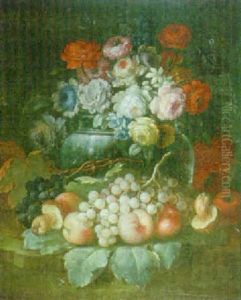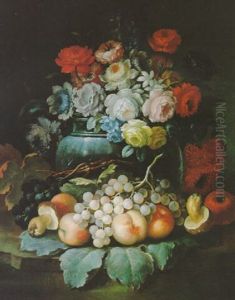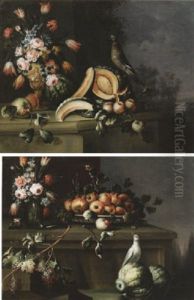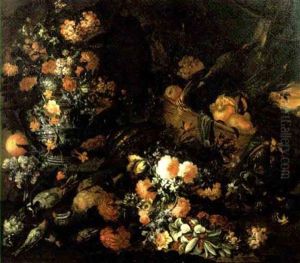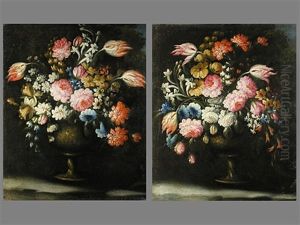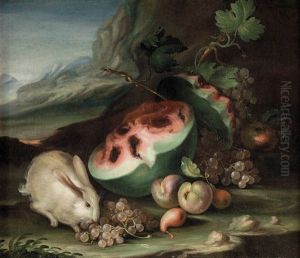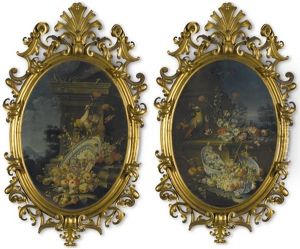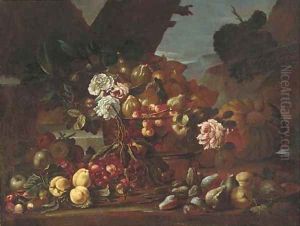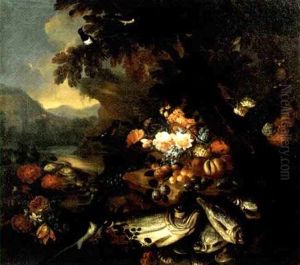Felice Rubbiani Paintings
Felice Rubbiani was an Italian artist, born in 1842 in Modena, Italy. He was known for his work as a painter, sculptor, and decorator, contributing significantly to the Italian art scene during the late 19th century. Rubbiani's artistic journey began at a young age, showing a passion and talent for the arts that would define his career. He received his initial training in Modena before moving to the more vibrant and artistically rich environment of Florence, where he further honed his skills.
In Florence, Rubbiani was immersed in the Renaissance traditions that flourished in the city, which greatly influenced his style and artistic philosophy. He was particularly known for his historical and allegorical paintings, which were characterized by a romantic yet classical approach. His works were marked by a meticulous attention to detail and a rich, vibrant use of color that was typical of the period.
Throughout his career, Felice Rubbiani also engaged in decorative projects, including frescoes and interior decorations for various public and private buildings, such as churches and palaces. This work showcased his versatility as an artist and his ability to work on a grand scale, creating immersive environments that were both beautiful and harmonious.
Despite his contributions to the art world, Rubbiani's name is not as widely recognized today as some of his contemporaries. However, his works remain a testament to the artistic movements of his time and continue to be studied by art historians and enthusiasts.
Felice Rubbiani passed away in 1905. Although his life was not marked by the same level of fame as some of his peers, he left behind a body of work that contributes to our understanding of the artistic landscape of Italy during the second half of the 19th century. His legacy lives on in the pieces he created and in the influence he had on the artists of his time and those who came after him.



